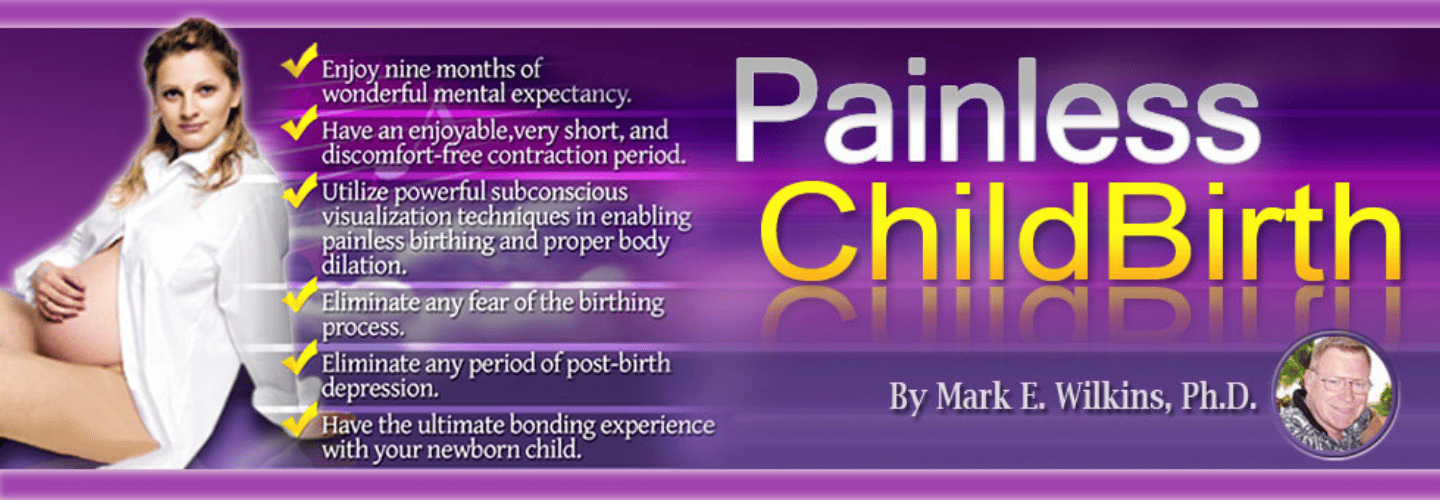
Hypnotherapy serves as a powerful, natural tool for mitigating labor pain and enhancing the birthing experience. By employing techniques like guided visualization, controlled breathing, and self-hypnosis, it helps expectant mothers manage discomfort and maintain a state of calm and emotional resilience. These methods not only reduce pain perception but also empower women, transforming childbirth into an experience of strength and empowerment. For those interested, further exploration reveals even deeper insights into its beneficial effects on labor.
Key Takeaways
- Hypnotherapy reduces labor pain and may shorten its duration through mental training and relaxation techniques.
- It includes self-hypnosis to enhance focus and manage pain by creating a serene mental environment.
- Controlled breathing techniques taught in hypnotherapy help manage pain perception and stabilize emotions during labor.
- Guided visualization and positive affirmations reframe pain and promote a calming, confident birthing experience.
- Regular practice of these techniques prepares expectant mothers mentally, transforming childbirth into an empowering experience.
Exploring the Benefits of Hypnotherapy for Labor Pain
Hypnotherapy has emerged as a highly beneficial method for managing labor pain, offering not only reduced pain levels but also potentially shorter labor durations.
This approach modifies pain perception by training the mind to process discomfort differently, enhancing emotional resilience among expectant mothers.
Through the strategic use of suggestion and focus, hypnotherapy empowers women to tap into their innate strength, thereby transforming the childbirth experience into one of empowerment rather than distress.
The technique fosters a positive mental framework, which is essential in managing the intense demands of labor, making it a preferred choice for many women seeking a natural birthing process.
Mastering Relaxation Techniques Through Hypnotherapy
While hypnotherapy offers a range of pain management tools, mastering relaxation techniques stands out as particularly effective for expectant mothers facing the rigors of childbirth.
These methods not only facilitate a serene birthing process but also markedly aid in stress reduction and promote mindful meditation.
- Mindful Meditation: Cultivates presence and awareness, reducing anxiety.
- Guided Visualization: Creates a peaceful mental sanctuary during labor.
- Controlled Breathing: Regulates stress response, enhancing calm.
- Progressive Muscle Relaxation: Reduces physical tension associated with pain.
- Autogenic Training: Encourages body awareness and tranquility, essential for managing labor intensity.
Harnessing the Power of Self-Hypnosis for Pain Management

Many expectant mothers are turning to self-hypnosis as a potent tool for managing labor pain, recognizing its benefits in facilitating a more controlled and positive childbirth experience.
Self-hypnosis techniques allow women to harness their inner strength and focus, effectively blocking out distractions and intensifying their responsiveness to pain management strategies.
Through visualization and mental imagery, mothers can create a serene mental environment that greatly reduces their perception of pain.
This method not only empowers women during one of the most physically demanding moments of their lives but also promotes a sense of calmness and emotional resilience throughout the labor process.
The Role of Controlled Breathing in Natural Labor Pain Relief
Building on the foundation of self-hypnosis for pain management, controlled breathing emerges as another vital technique for easing labor pains naturally.
By focusing on breathing patterns, women can maintain a steady labor rhythm, which is fundamental for managing discomfort. This approach not only preserves energy but also promotes a calming effect during contractions.
- Regulates Pain Perception: Breathing deeply influences pain thresholds.
- Enhances Oxygen Flow: Guarantees ample oxygen to muscles and baby.
- Maintains Focus: Distracts from discomfort by concentrating on breath.
- Stabilizes Emotions: Reduces anxiety and fear.
- Synchronizes Body and Mind: Aligns physical responses with mental focus.
Using Positive Affirmations and Guided Visualization to Enhance Birthing Experience

Harnessing the power of the mind, positive affirmations and guided visualization are instrumental tools in enhancing the birthing experience.
These techniques involve the use of empowering statements and positive imagery, which help expectant mothers cultivate a sense of control and calmness. By mentally rehearsing a peaceful birthing scenario, women can reframe perceptions of pain, reducing anxiety and increasing comfort.
Regular practice of these methods not only prepares the mind for childbirth but also promotes an overall sense of well-being.
This approach empowers women to embrace their labor experience with confidence and resilience, making it a more positive event.
Frequently Asked Questions
How Soon Should I Start Hypnotherapy Sessions Before My Due Date?
Inquiring about the ideal initiation of sessions, one should consider starting hypnotherapy several weeks prior to the due date. This preparation timeline allows for adequate session frequency, ensuring thorough readiness and comfort.
Can Hypnotherapy Help With Postpartum Recovery?
Hypnotherapy can foster postpartum healing and bolster emotional resilience. It aids in emotional recovery, potentially easing the shift into motherhood by reinforcing mental well-being and providing tools for stress management and self-care.
Are There Risks Associated With Using Hypnotherapy During Labor?
Hypnotherapy techniques in labor primarily focus on pain management and typically present minimal risks. However, effectiveness and suitability can vary, necessitating individual assessment by healthcare professionals to guarantee safety and efficacy.
How Can Partners Get Involved in the Hypnotherapy Process?
Partners can enhance the childbirth experience by learning support techniques in hypnotherapy. Their involvement includes practicing guided visualization, offering positive affirmations, and assisting with controlled breathing exercises during labor for effective pain management.
What Qualifications Should I Look for in a Hypnotherapy Practitioner?
When seeking a hypnotherapy practitioner, one should remember that "experience is the best teacher." Prioritize certification requirements and extensive practitioner experience to guarantee competent and effective guidance through the therapeutic process.
Conclusion
To sum up, hypnotherapy offers a promising avenue for managing labor pain, championing a natural and empowering approach to childbirth. By mastering relaxation techniques, self-hypnosis, and controlled breathing, expectant mothers can greatly enhance their birthing experience. The incorporation of positive affirmations and guided visualization further supports a serene and controlled labor process. As more women seek alternatives to traditional pain relief methods, hypnotherapy stands as a valuable and effective ally, fostering a healthier, more satisfying childbirth experience.




